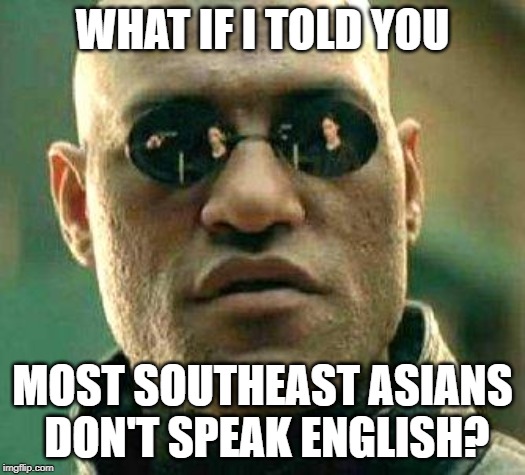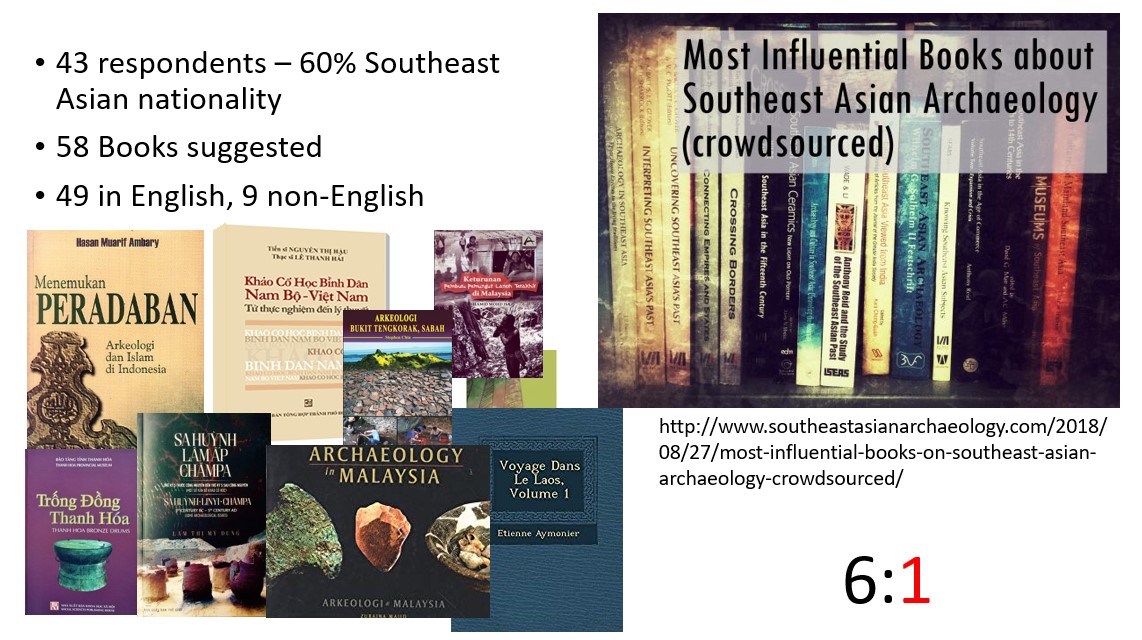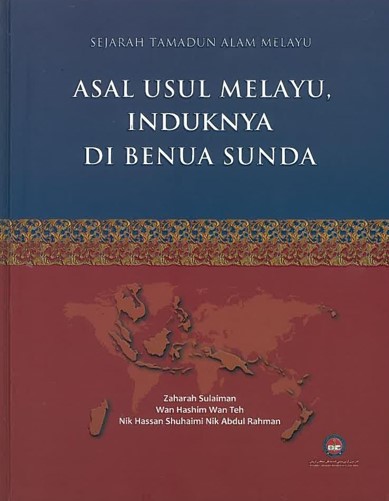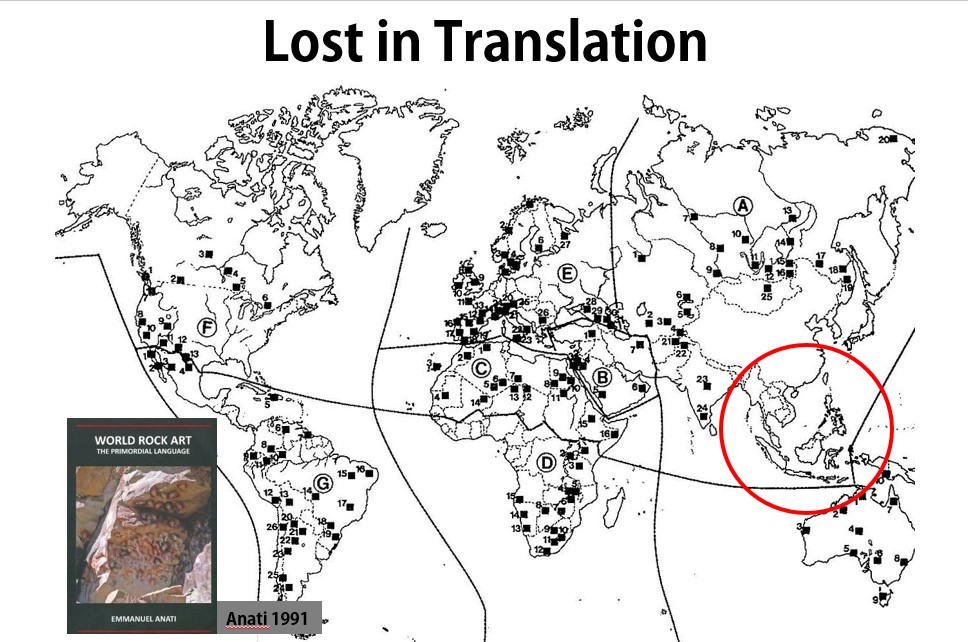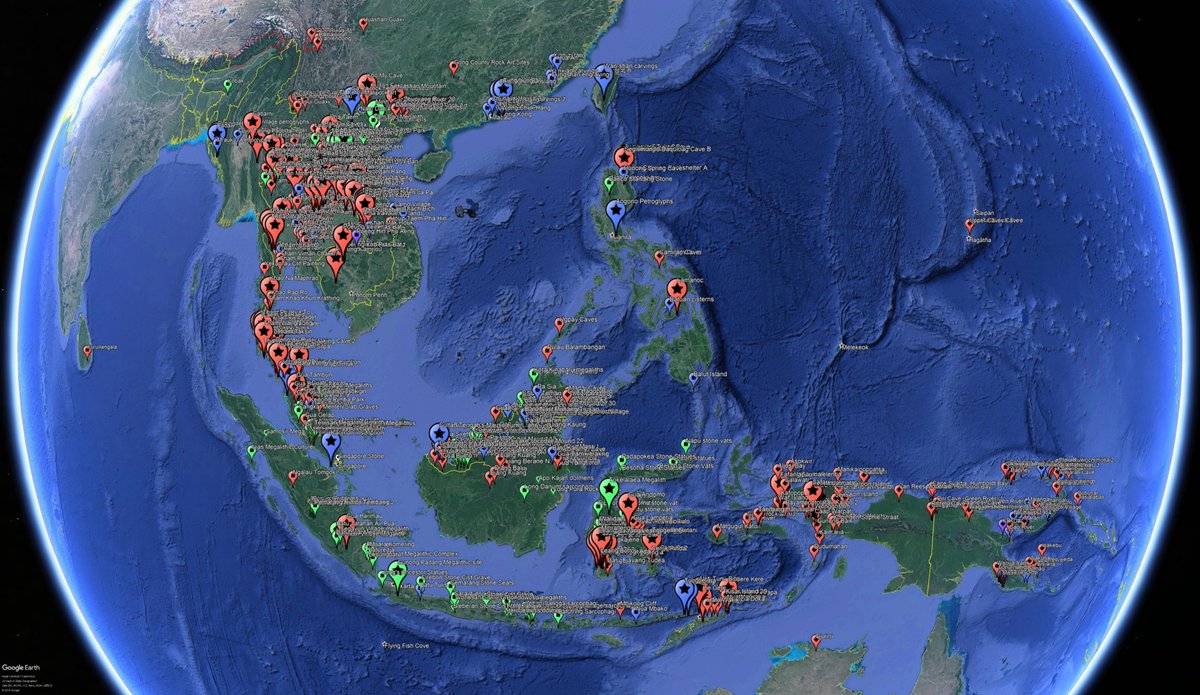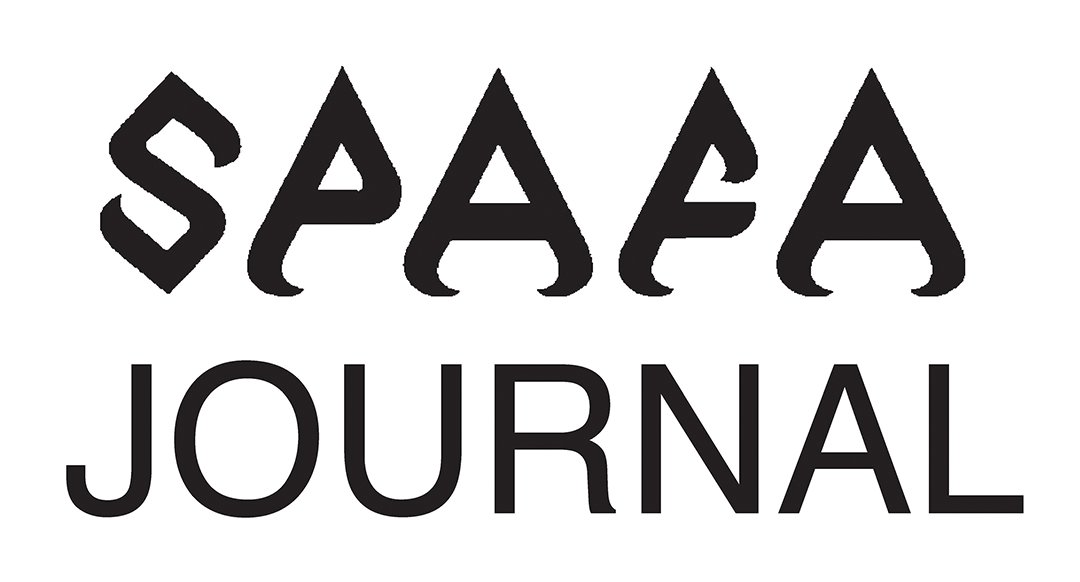1/13 Today I want to talk about the discourse of archaeology in Southeast Asia (something that I call the Two World Problem) and I'm wondering if it's the same for historians in SEA. I'm Noel from @seaarch, your guest curator for this week!
2/13 Southeast Asian archaeology exists in two worlds: an inherently nationalistic (local) world and a more international (English-speaking) world that has its roots in European colonialism (ahem ahem Southeast Asian collections in the British Museum, Musee Guimet, etc).
3/13 I would argue the reason why rock art studies has only been a thing now in the postcolonial period is because back then you couldn't simply just take rock art and bring it back to your museum
4/13 Even when surveying archaeologists about the most influential archaeology books in their country, only 9 out of 58 books were in non-English languages.
http://www.southeastasianarchaeology.com/2018/08/27/most-influential-books-on-southeast-asian-archaeology-crowdsourced/
http://www.southeastasianarchaeology.com/2018/08/27/most-influential-books-on-southeast-asian-archaeology-crowdsourced/
5/13 It has led me to wonder if there is one version of SEAsian archaeology that is told in English, and another version told in Bahasa/Thai/Vietnamese/Myanma, etc. Anecdotally, I am told this is the case.
6/13 Our universities' ongoing obsession with rankings threaten to push these worlds further apart. Researchers, both local and foreign, are incentivised to publish in international (almost always English-language) journals and in many cases local communities are left out.
7/13 Conversely, many research that is undertaken only in local languages do not get any attention from foreign researchers. This is often the case in Thai, Myanmar and Vietnamese, where there are reams of research published but scarecly mentioned in English.
8/13 Again, taking my experience from rock art research, this is a page from Anati's 1991 book World Rock Art. Note the gaping hole where Southeast Asia is indicating 0 rock art sites.
9/13 Here's my own map, with over 1,500 sites. I note that many of the sites are mentioned in non-English sources, grey literature and non-internet sources.
10/13 Is there a better way to bridge this gap? With the SPAFA Journal (which I manage), we have started to require all submissions to have a translation of the title and abstract in the relevant local language so that they show up in web searches
http://www.spafajournal.org
http://www.spafajournal.org
11/13 Whether the journal is in Scopus has been a frequent question to me ever since the journal launched in 2017. As of this week, it is!
12/13 Question to my colleagues in the adjacent historical/cultural fields in SEA: do you have this same problem as well? Is there a difference between the English and local language version of your discipline, and is there an awareness of it? #twitterstorians
13/13 For the last two days I've been talking more about contemporary issues in archaeology. For my last post tomorrow I will circle back with another rock art post connecting the possible migrations into Mainland SEA, animal paintings and people with funny hats. Stay tuned! -NHT
14/13 Addendum: there is also an emerging set of western-educated local scholars who are fluent in both English and the local languages and are increasingly putting community engagement as an integral part of the research process...
15/13 Check out the recent papers published in the Journal of Community Archaeology and Heritage, focused on Southeast Asia and edited by @stephen_acabado
https://doi.org/10.1080/20518196.2020.1767378
https://doi.org/10.1080/20518196.2020.1767386
https://doi.org/10.1080/20518196.2020.1767381
https://doi.org/10.1080/20518196.2020.1767383
https://doi.org/10.1080/20518196.2020.1767378
https://doi.org/10.1080/20518196.2020.1767386
https://doi.org/10.1080/20518196.2020.1767381
https://doi.org/10.1080/20518196.2020.1767383
16/13 Also, a series of papers published earlier this year in the SPAFA Journal looks at community engagement and education in archaeology through examples in Vietnam and the Philippines
http://dx.doi.org/10.26721/spafajournal.v4i0.612
http://dx.doi.org/10.26721/spafajournal.v4i0.613
http://dx.doi.org/10.26721/spafajournal.v4i0.614
http://dx.doi.org/10.26721/spafajournal.v4i0.612
http://dx.doi.org/10.26721/spafajournal.v4i0.613
http://dx.doi.org/10.26721/spafajournal.v4i0.614

 Read on Twitter
Read on Twitter